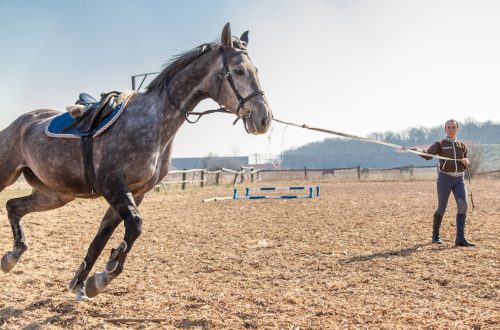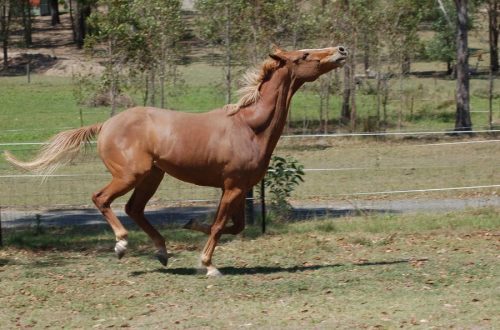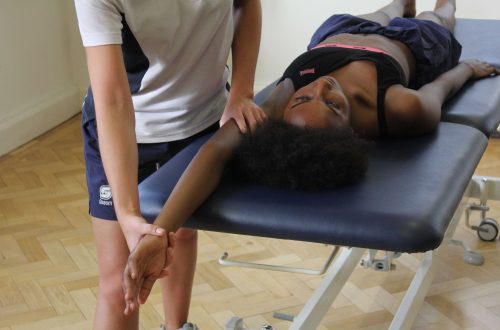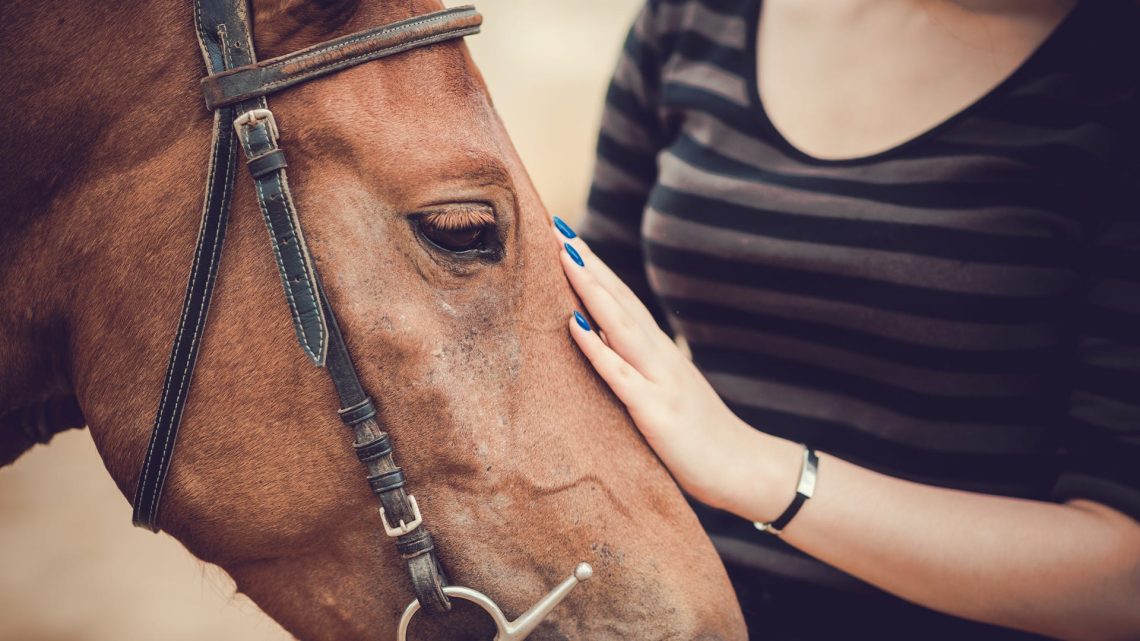
Horse Etiquette: Check Your Horse’s Behavior
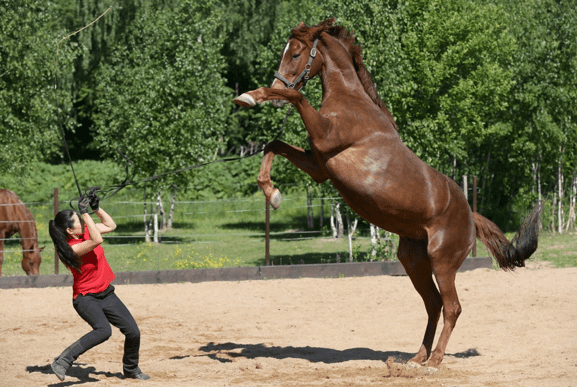
Photo from equiflow.com
The correct behavior of the horse is not only one of the pillars of competent work, but also the basis of safety. And this applies not only to work under the top. Sometimes horse owners do not pay due attention to the discipline of their four-legged partner, which eventually leads to negative consequences.
If you have problems with any of the items listed below, then you should definitely work on the behavior of the horse.
1. “Catch me if you can”
First of all, a horse should give a person put on a bridle or halter. If trying to catch a horse in a stall or paddock takes you a lot of time, then you should definitely pay attention to it. At the same time, the process of putting on a halter should not be like a ritual of a thousand actions – it should become a familiar manipulation for the horse.
After all, everything starts small – a horse that does not allow such a simple thing to be done is likely to show disobedience in other aspects of the work.
However, if the horse consistently refuses to put on a bridle, it is worth consulting with a veterinarian. Perhaps this action causes her discomfort – the back of the head and mouth of the horse are extremely sensitive, and improperly selected ammunition or physical problems can cause pain.
2. Ability to walk “in hands”
Your horse must calmly walk beside you walk beside you on a lead or cord. She must be attentive to movements and commands. It is considered unacceptable behavior to stop every meter in an attempt to grab another tuft of grass or try to push a person away with a shoulder. The horse must rein back on command, even in the hands.
If you often have problems with the obedience of the horse “in the hands”, then you should pay more attention to this.
3. “Calm, only calm”
Your horse must stand calmly at interchanges and endure standard manipulations: shoeing, veterinary examination, saddle or shaving.
There are many reasons why a horse does not stand on the roundabouts or exhibits incorrect behavior:
- physical discomfort;
- Fear due to psychological or physical trauma;
- Hyperactivity (inability to concentrate on the rider, poor concentration);
- An uncomfortable place for the horse (too narrow aisle, dark room, close location of another horse).
In this case, your task as the owner is to determine the cause of the horse’s discomfort and eliminate it or accustom the horse to the irritation factor.
4. “Don’t get in! Will kill”
You’ve probably heard the phrase “my horse doesn’t like to have his feet touched” before. This position is wrong – the horse must allow any manipulation and calmly respond to all human actions with her. Otherwise, forging, veterinary procedures, and sometimes even ordinary cleaning, will turn into a real nightmare.
By allowing your horse to behave negatively, you are not only putting your own safety at risk, but also the well-being of the stable workers.
However, there are two categories of horses that are allowed to do this. For young horses, your activities such as grooming, saddling, and even stroking may be unfamiliar. They need time to understand that there is no danger in them.
Restless behavior can be forgiven for older or injured horses – touching in certain places can hurt them or remind them of negative experiences. Try not to associate your touch with discomfort.
5. Ability to inspect the horse’s oral cavity
Some horses categorically refuse to let a human examine the mouth. This complicates the work of the equestrian dentist and other moments that require touching the mouth – giving drugs for helminths (worms) or checking iron during the tournament.
As in the previous case, try to show the horse that his correct behavior will be rewarded. Try rewarding your horse with a treat every time he allows you to explore his mouth unhindered.
6. Correct “eating” behavior
Good manners are essential when it comes to tasty rewards and food. Your horse must calmly wait for her to be fed and carefully take treats. In this case, not only “grabbing” sugar is considered incorrect behavior, but also digging during the distribution of concentrates.
If your horse is impatiently waiting for treats during work and rushes to complete the exercises for a tasty reward, try switching to clicker training (a special training device that makes clicking sounds).
7. Lack of reaction to other horses during work
While working, your horse must be focused on you, not on what is happening around you. This includes other horses as well.
Don’t let your horse get distracted by his “colleagues” during training. This will help you get in closer contact with the horse, and it will be easier to perform the elements when he is focused only on work.
Here are some things you can do to help your horse stop reacting violently to others:
- Saddle, unsaddle and wash the horse in the place of the stable where there are fewer horses;
- Avoid joint training with provocative horses (throws at others who hit with their backs);
- Increase the number of horses around during training only gradually;
- If possible, train with calmer horses that do not respond to external stimuli;
- Use tail ribbons and pay attention to the ribbons of other horses. They will help you understand when there is a strict stallion in the arena, a mare in the hunt or a horse kicking behind.
8. Loading into a horse carrier
The horse should be easily loaded into the horse carrier. After you teach her the basics, pay attention to this – the ability to get into the trailer or car the first time will help you not only quickly take the horse away in an emergency, but also not be late for field starts.
And while working on the behavior of the horse, be sure to remember:
- Consistency is extremely important. You can spoil everything you have achieved if, after getting the desired result, you allow the horse to “relax”;
- Be firm in your intentions, but do not be cruel;
- Respond to unwanted behavior immediately – the horse needs to understand what exactly he did wrong. The situation is similar with praise – reward the horse with a voice or treats immediately after a correctly executed command;
- Never think that a horse is “too young” to start teaching it the right behavior.



